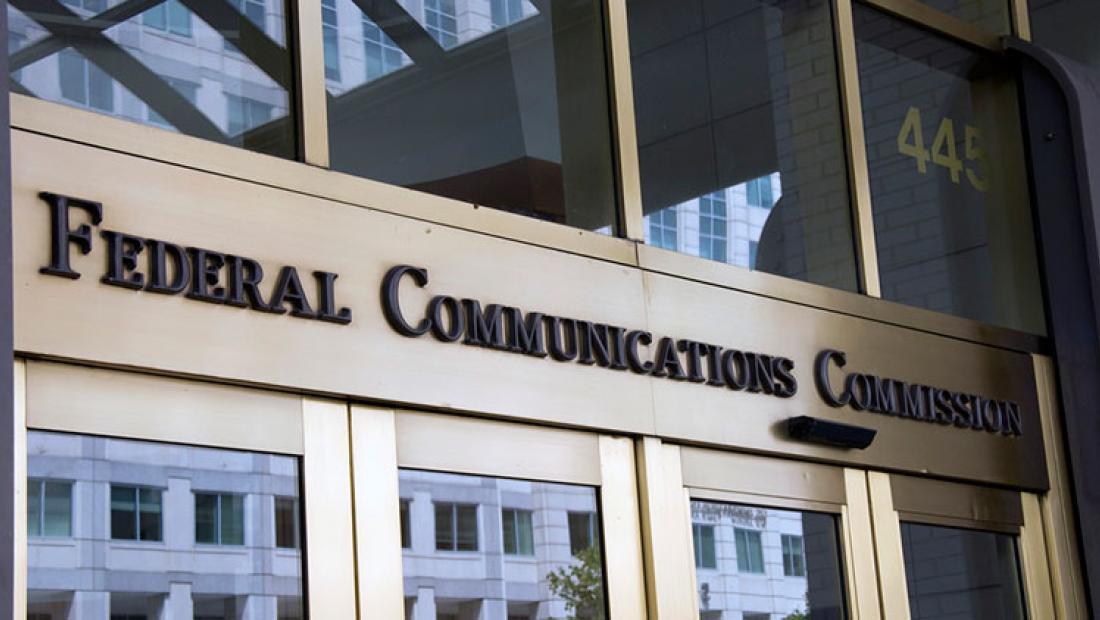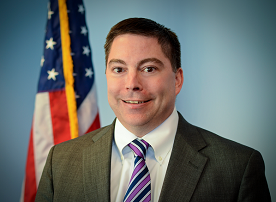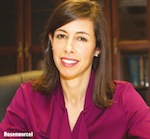Bipartisan FCC Duo Stick up for Spectrum 'Ride Sharing'

A bipartisan tag team of FCC Commissioners Jessica Rosenworcel and Michael O'Rielly have told Toyota they remain committed to finding ways of sharing the dedicated short range communications systems band allocated for vehicle-to-vehicle communications with devices, computers, tablets, phones, using unlicensed spectrum in the band.
That came in response to the car company's filing with the FCC last month announcing it would begin deploying DRSC systems in its cars and trucks (including their high-end Lexus brand) beginning with the 2021 models.

Broadband providers have been pushing the FCC to open up the band for unlicensed wireless use--for Wi-Fi hotspots--sharing that spectrum with vehicle-to-vehicle communications.
Auto makers long pushed back on sharing the spectrum, arguing it was a safety issue.
Rosenworcel and O'Rielly, in a letter to Toyota North America CEO James Lentz, said it was "refreshing" to learn that the technology was moving out of concept to the road, but said they thought it necessary to remind Toyota that the FCC, DOT NTIA and others are still evaluating the potential use of the DSRC spectrum--the 5.9 GHz band--"with the goal of promoting efficient use of the band through spectrum sharing.
Related: NCTA Seeks Obama Action on 5.9 GHz
Phase one of testing of that sharing is done, and the FCC, in cooperation with DOT, is planning to proceed to the next phases, which if successful they said would demonstrate that the spectrum can be shared with DSRC "safety-of-life" functionality."
Broadcasting & Cable Newsletter
The smarter way to stay on top of broadcasting and cable industry. Sign up below
That three-phase testing regime came in response to Hill pressure to find a resolution and free up the spectrum. At that time, the FCC signaled it would be refreshing the record.

They said they remain committed to exploring "fully" all possible sharing techniques, calling it a "modern" look-say, as opposed to protecting spectrum turf--that can promote auto safety while also boosting WI-Fi spectrum.
The Wi-Fi hot spots that use unlicensed spectrum remain the prime mobile play of cable broadband operators, though they are increasingly eyeing providing their own mobile wireless services, which is why NCTA-The Internet & Television Association and others are all for sharing the 5.9 GHz band.
The goal is clash avoidance as well as crash avoidance given that the cable and automotive industries eventually agreed, at least on that testing regime, after tensions over whether the band could be opened up to unlicensed without threatening those nascent intelligent automotive systems.
“We agree with Commissioners O'Rielly and Rosenworcel that the FCC can achieve a win-win solution for auto safety, Wi-Fi, and the wireless economy," it said in a statement. "Now is the perfect time for the Commission to take a fresh look at the rules for the 5.9 GHz band. The original allocation is nearly 20 years old, and the technology landscape has changed. Adjacent bands are now home to billions of innovative unlicensed devices, and a variety of vehicle safety technologies have overtaken DSRC. We applaud the Commissioners for their continued leadership.”
Contributing editor John Eggerton has been an editor and/or writer on media regulation, legislation and policy for over four decades, including covering the FCC, FTC, Congress, the major media trade associations, and the federal courts. In addition to Multichannel News and Broadcasting + Cable, his work has appeared in Radio World, TV Technology, TV Fax, This Week in Consumer Electronics, Variety and the Encyclopedia Britannica.

